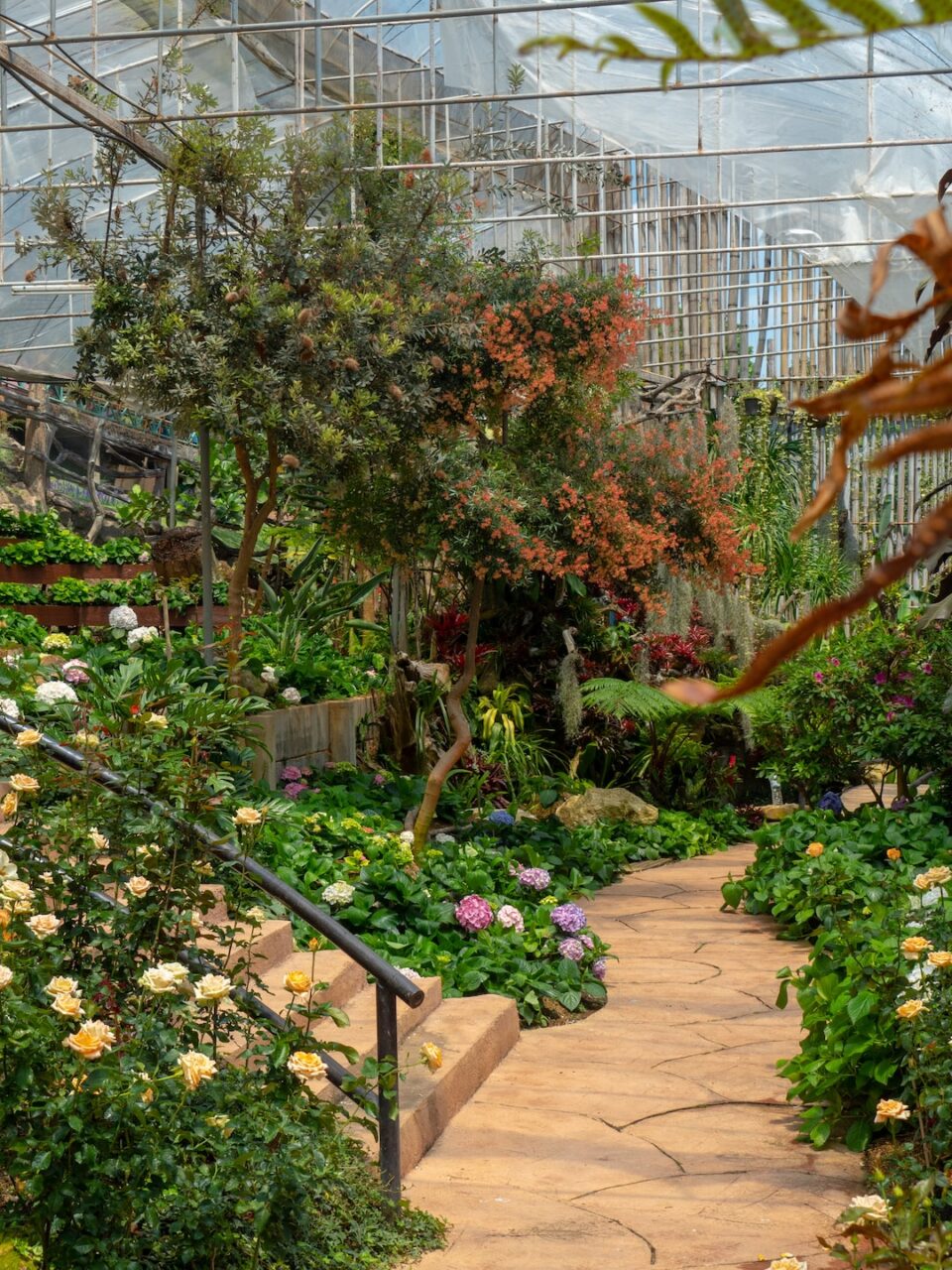Creating an Eco-Friendly Garden: Sustainable Practices
With increasing concerns about the environment, many individuals are looking for ways to make a positive impact in their daily lives. Creating an eco-friendly garden is not only a great way to contribute to sustainability efforts but also provides numerous benefits for both the environment and ourselves. By implementing sustainable practices, we can create a garden that is not only beautiful but also supports biodiversity and conserves resources. Here are some tips to help you get started on creating an eco-friendly garden.
One of the first steps in establishing an eco-friendly garden is to minimize or eliminate the use of chemical pesticides and fertilizers. Instead, opt for organic alternatives that are safe for the environment. There are many environmentally friendly pesticides and fertilizers available on the market that utilize natural ingredients to control pests and promote healthy plant growth.
Another important aspect of sustainable gardening is water conservation. Install a rainwater harvesting system to collect rainwater that can be used for watering plants. This can help reduce your reliance on municipal water sources. Additionally, consider using drip irrigation or soaker hoses instead of sprinklers, as they deliver water directly to the plants’ roots, minimizing wastage.
Choosing native plants is an essential part of creating an eco-friendly garden. Native plants are adapted to the local climate and require less water, fertilizer, and pesticides. They also provide habitat and food sources for local wildlife. Incorporating a variety of native plants in your garden will attract bees, butterflies, and birds, contributing to biodiversity conservation.
Composting is another sustainable practice that can greatly benefit your garden. Composting kitchen scraps, yard waste, and fallen leaves can provide nutrient-rich soil amendments, reducing the need for chemical fertilizers. Composted materials also improve soil structure, water retention, and microbial activity, promoting overall plant health.
Furthermore, reducing waste is crucial when creating an eco-friendly garden. Choose reusable materials for garden beds, such as recycled plastic lumber or reclaimed bricks. Consider repurposing household items, such as buckets or old furniture, as planters or decorative elements. By reusing and repurposing materials, we can minimize our carbon footprint and contribute to waste reduction.
Lastly, consider creating a habitat garden that provides food and shelter for wildlife. Incorporate bird feeders, bird baths, and insect hotels in your garden to attract a diverse range of species. You can also leave some areas of your garden undisturbed, allowing native plants to self-seed and provide natural habitat for insects and small mammals.
Creating an eco-friendly garden is not only a beneficial endeavor for the environment but also a rewarding experience for gardeners. By implementing sustainable practices such as using organic products, conserving water, choosing native plants, composting, reducing waste, and creating a wildlife-friendly habitat, we can minimize our impact and contribute to a greener future. So, let’s embark on this journey and create gardens that not only bring us joy but also help protect and preserve our planet.

